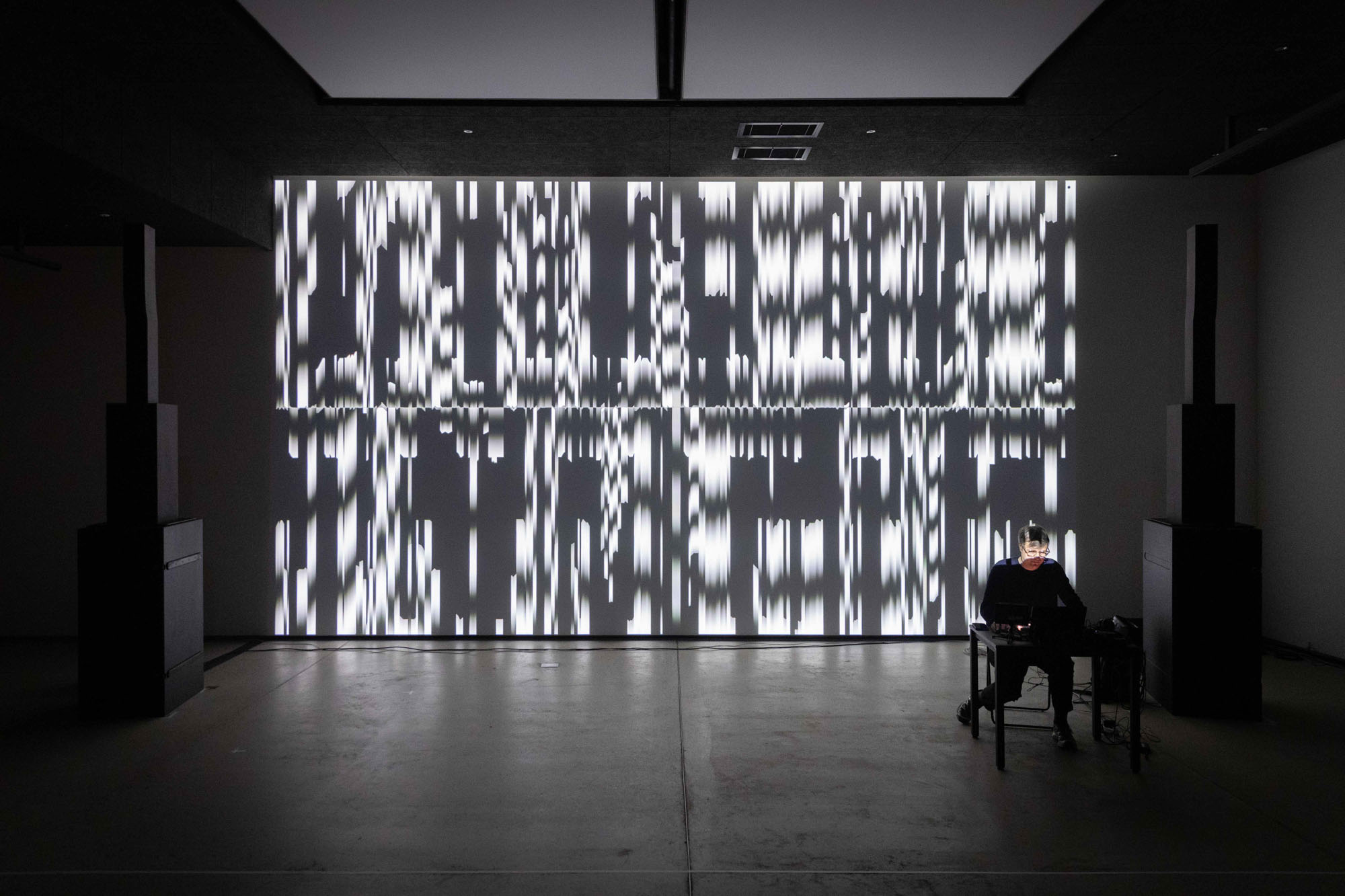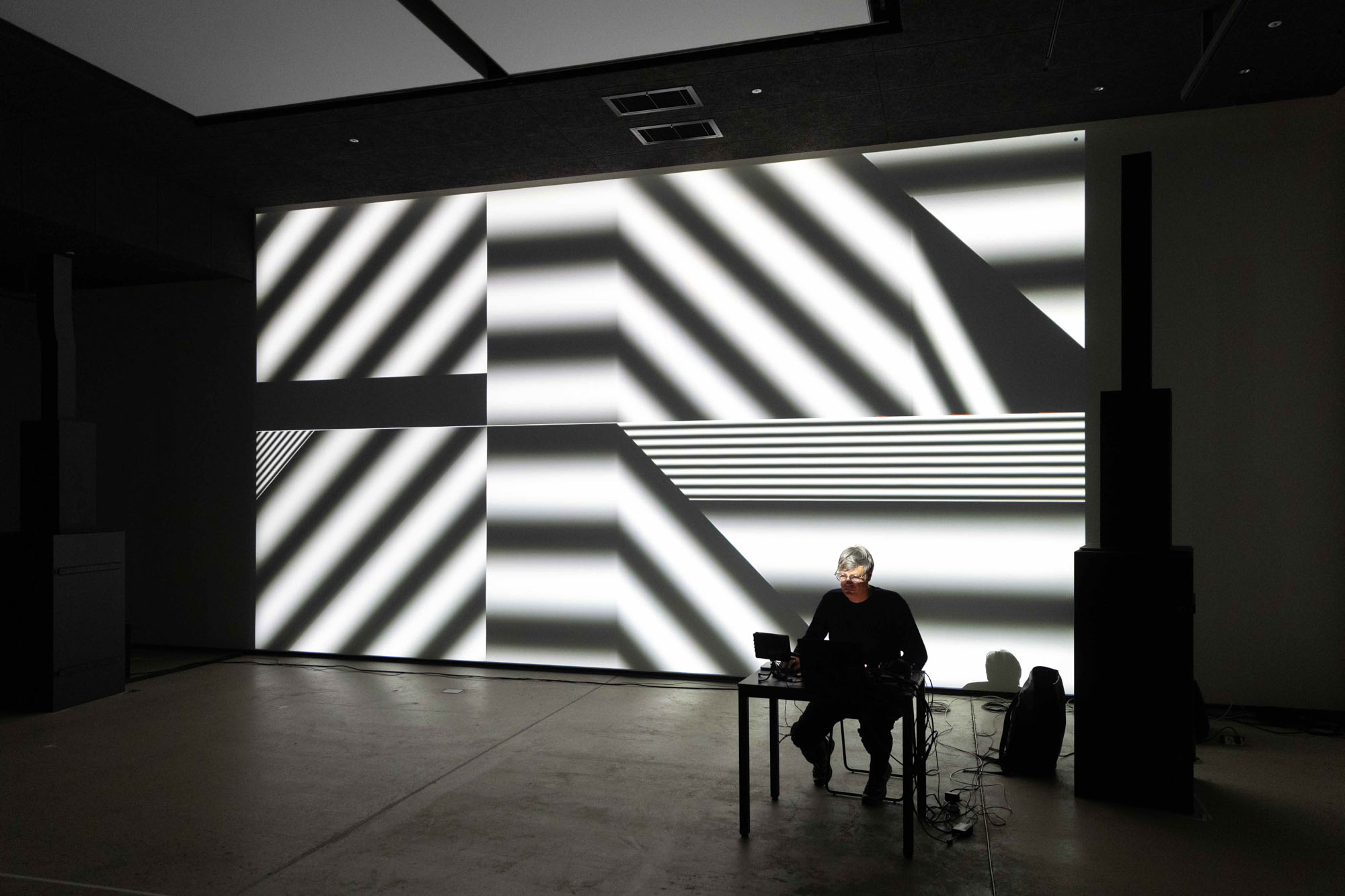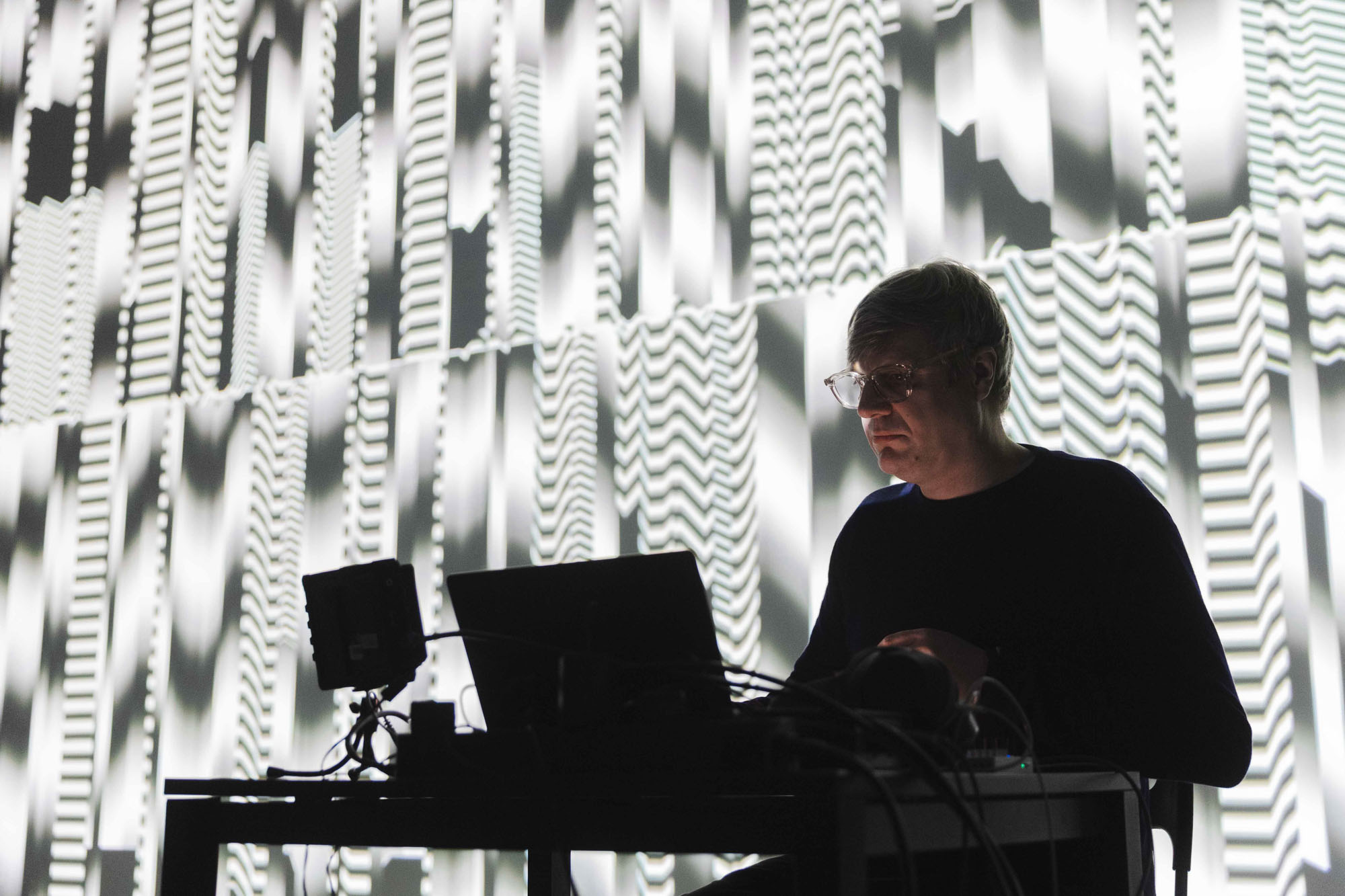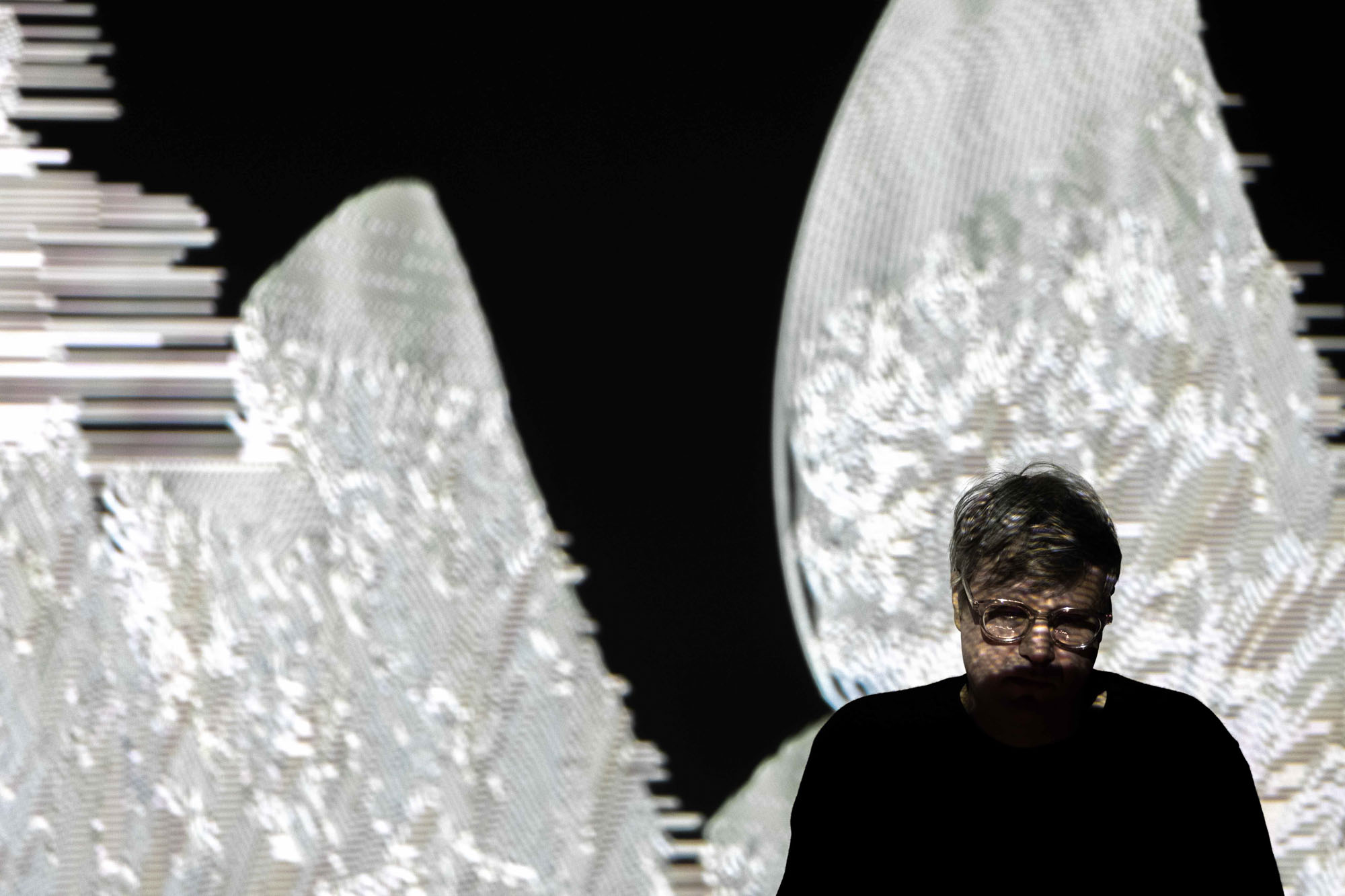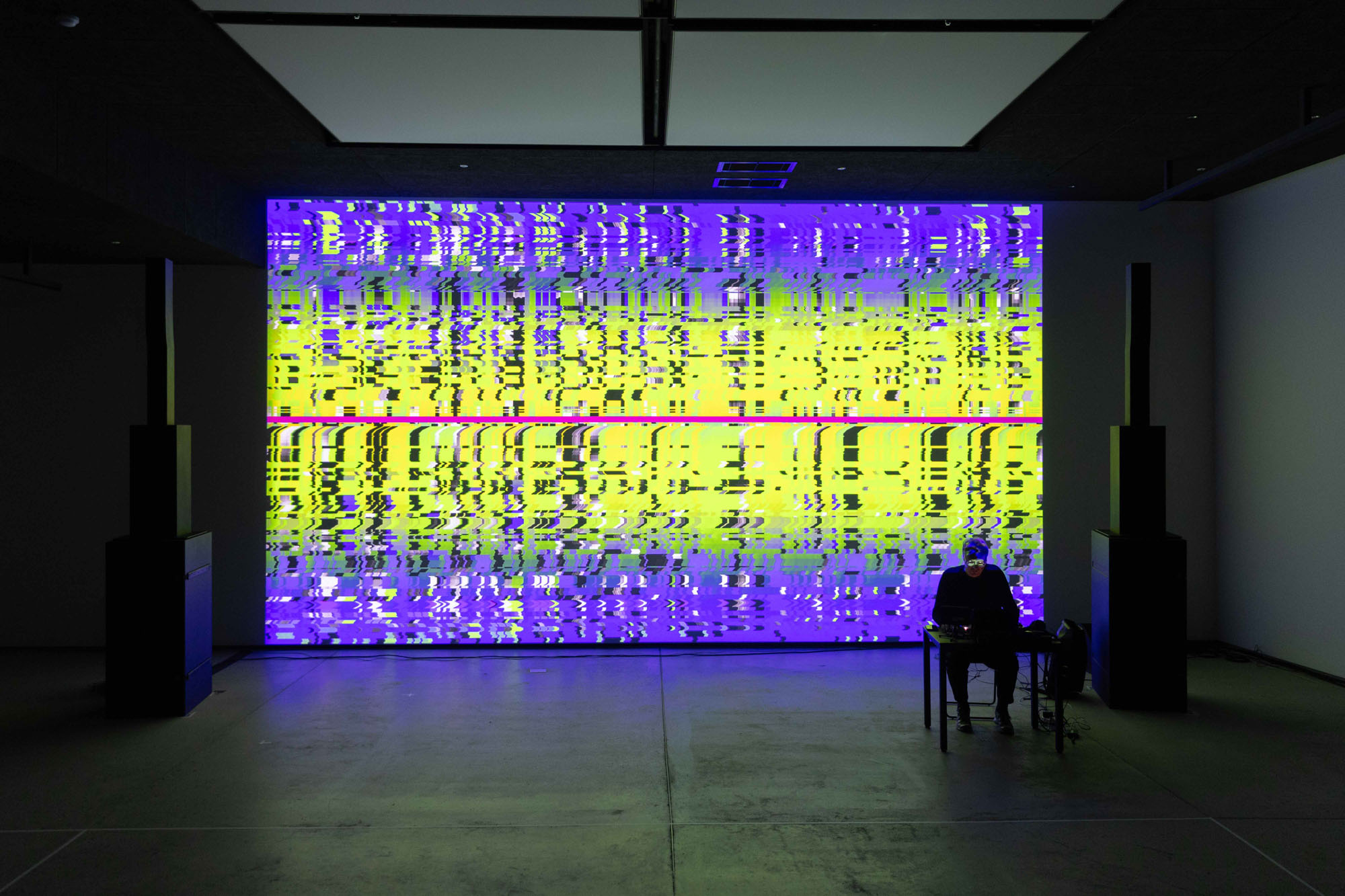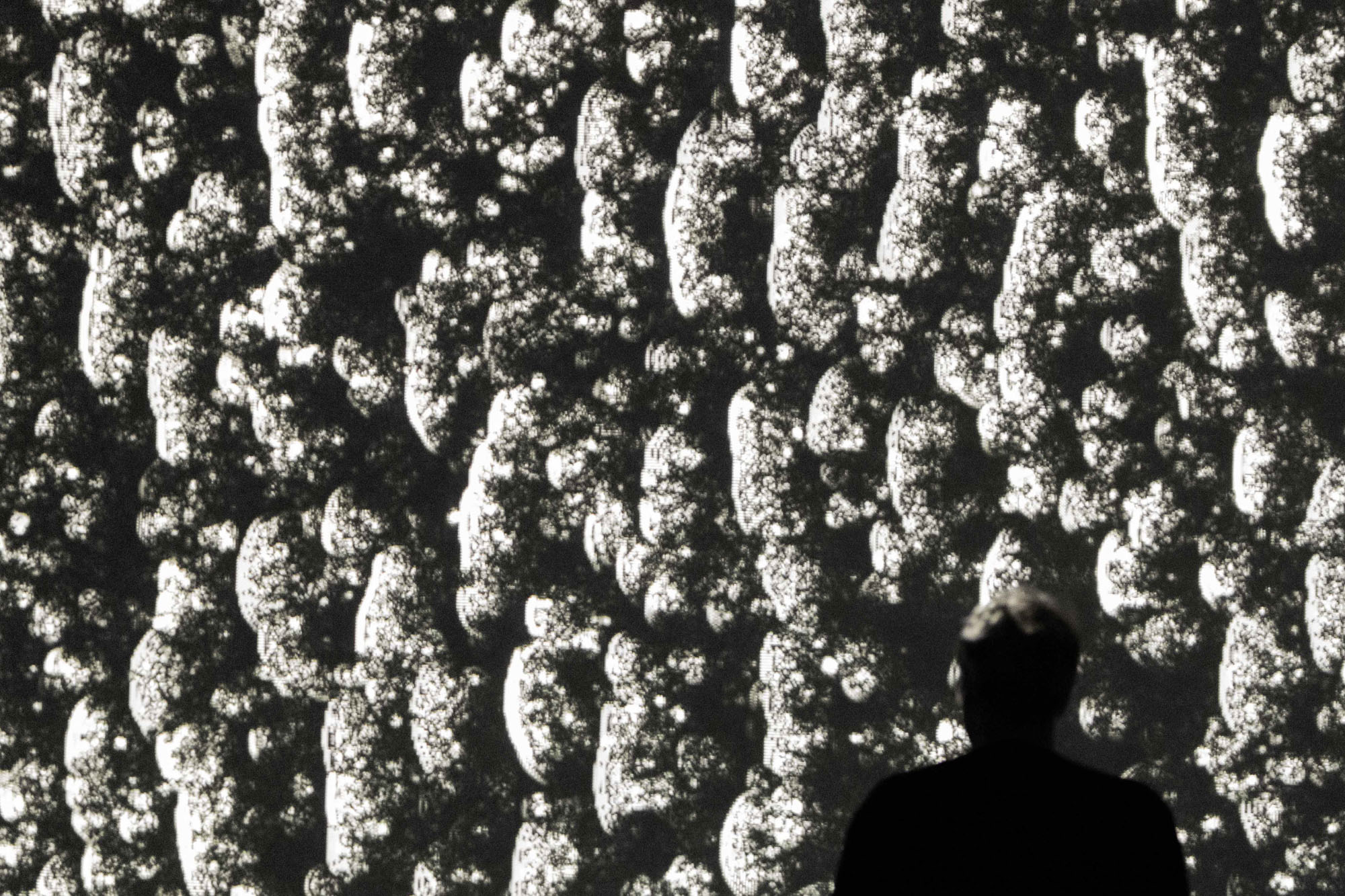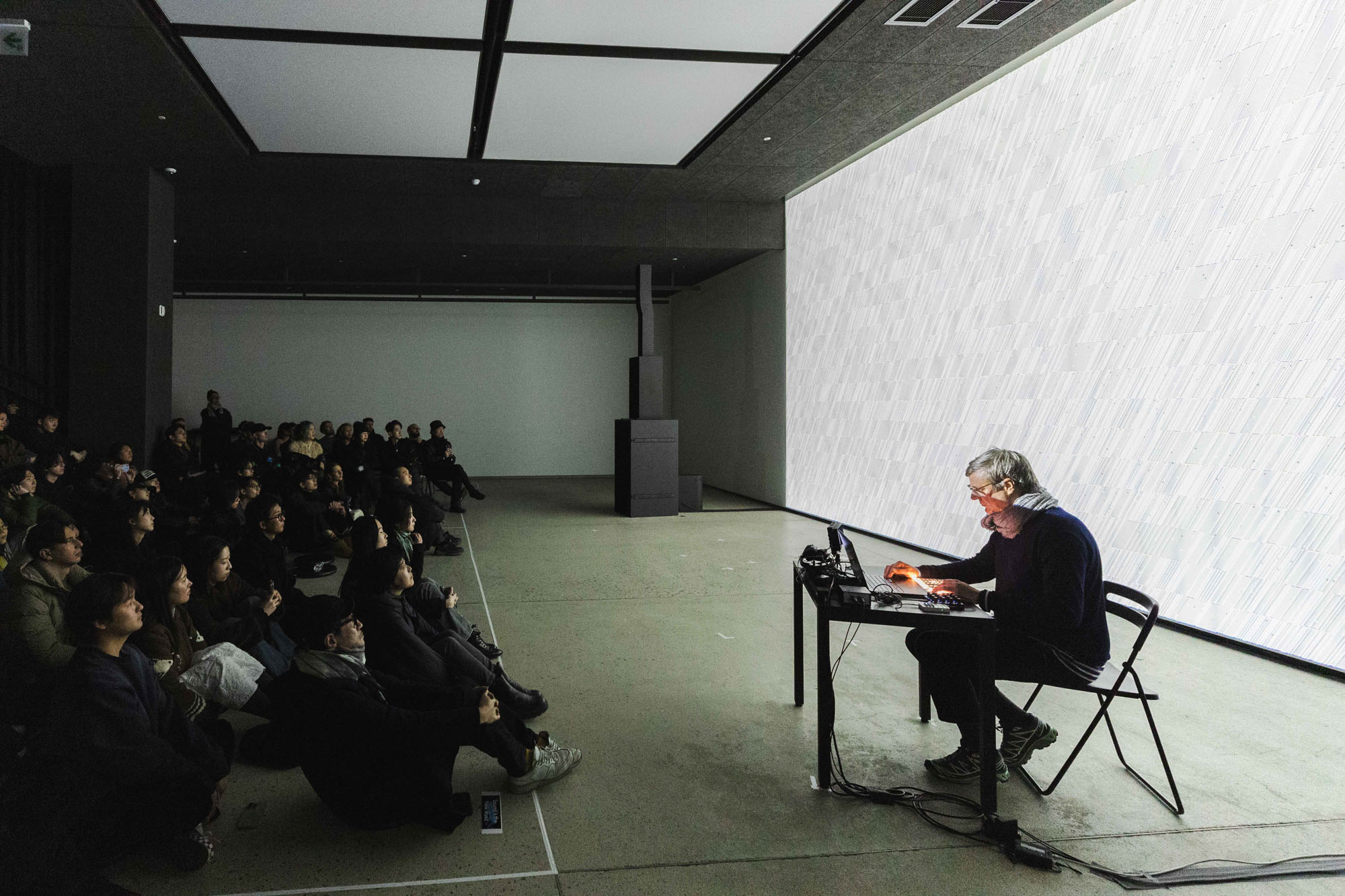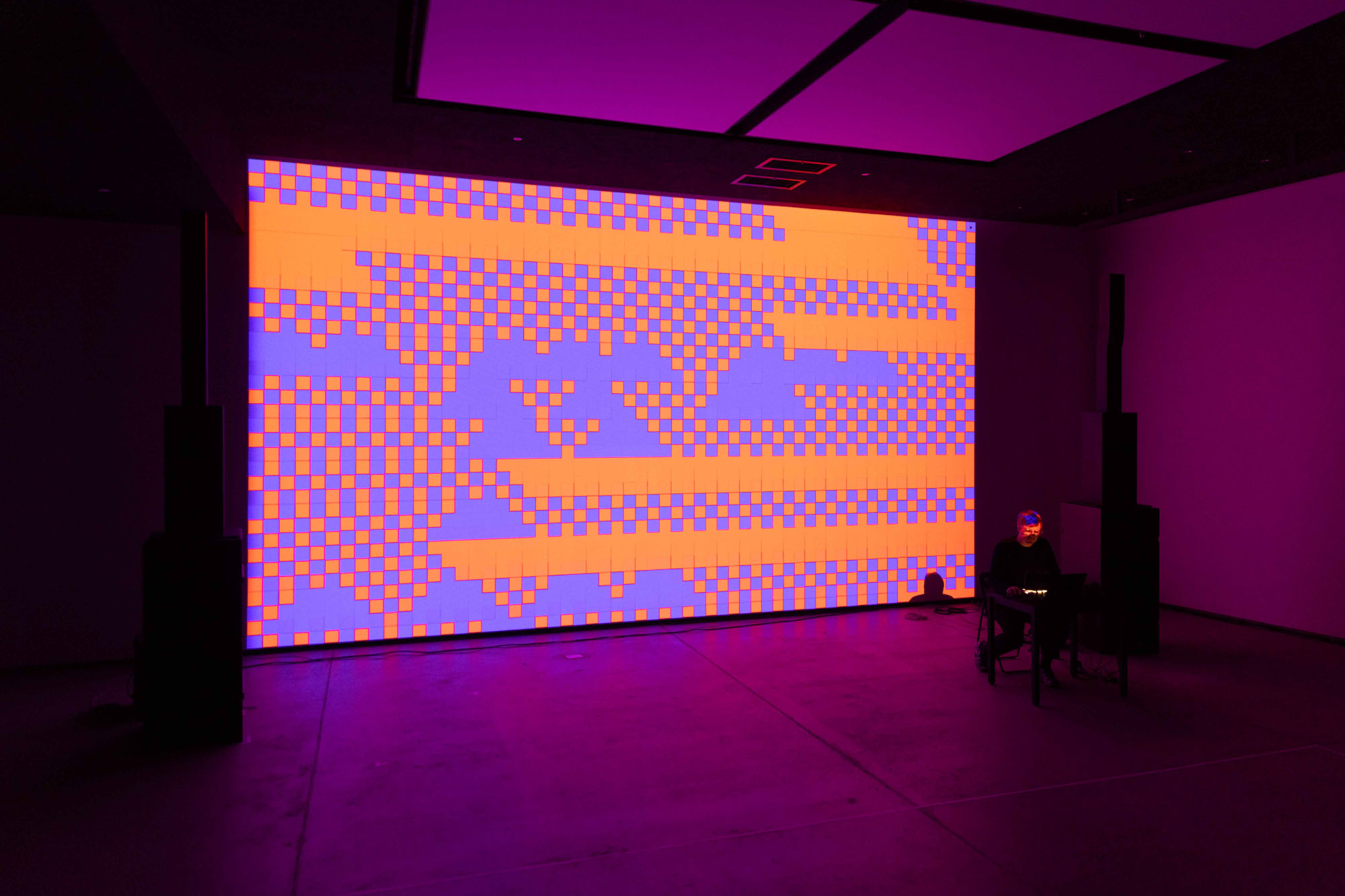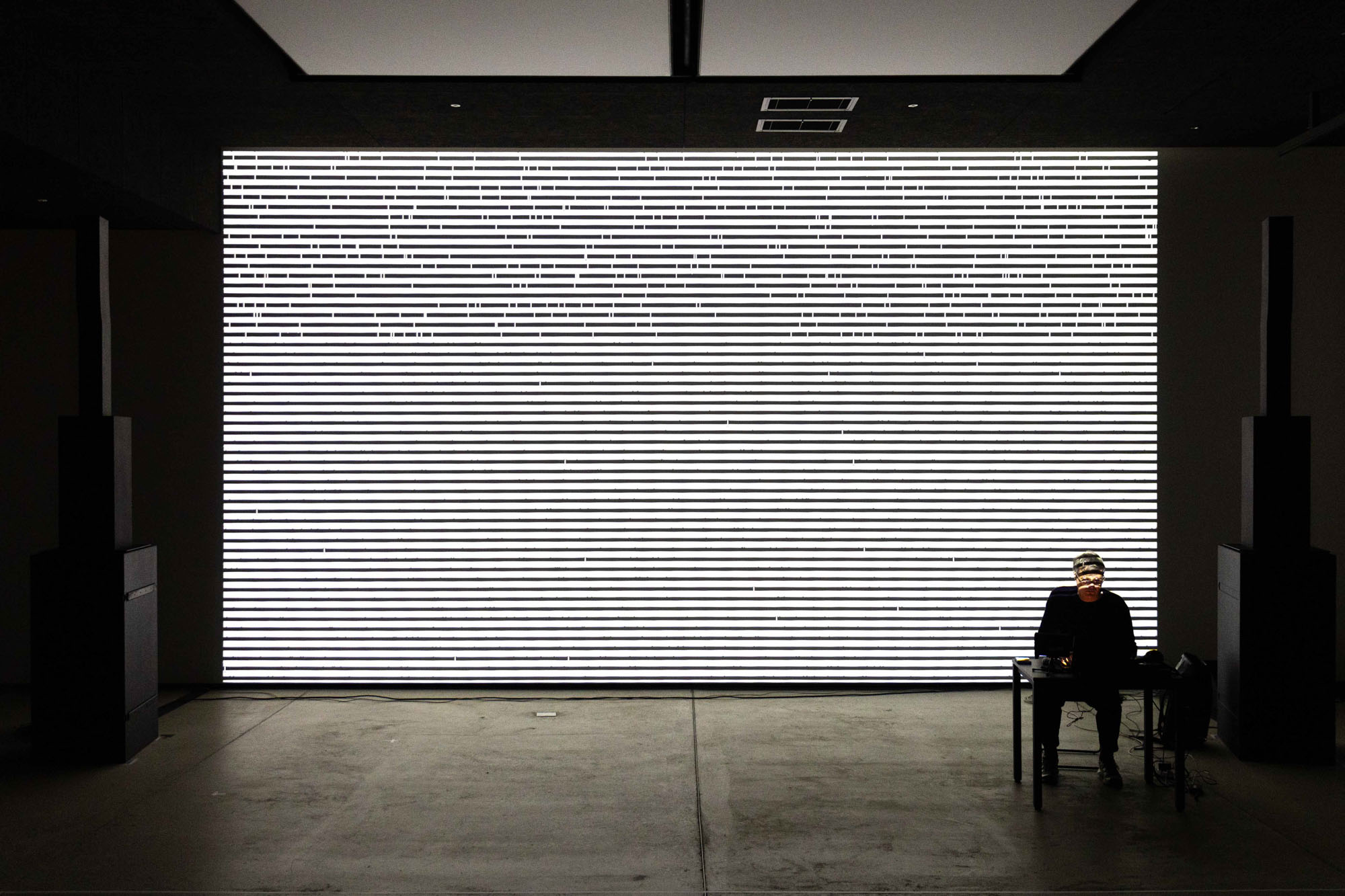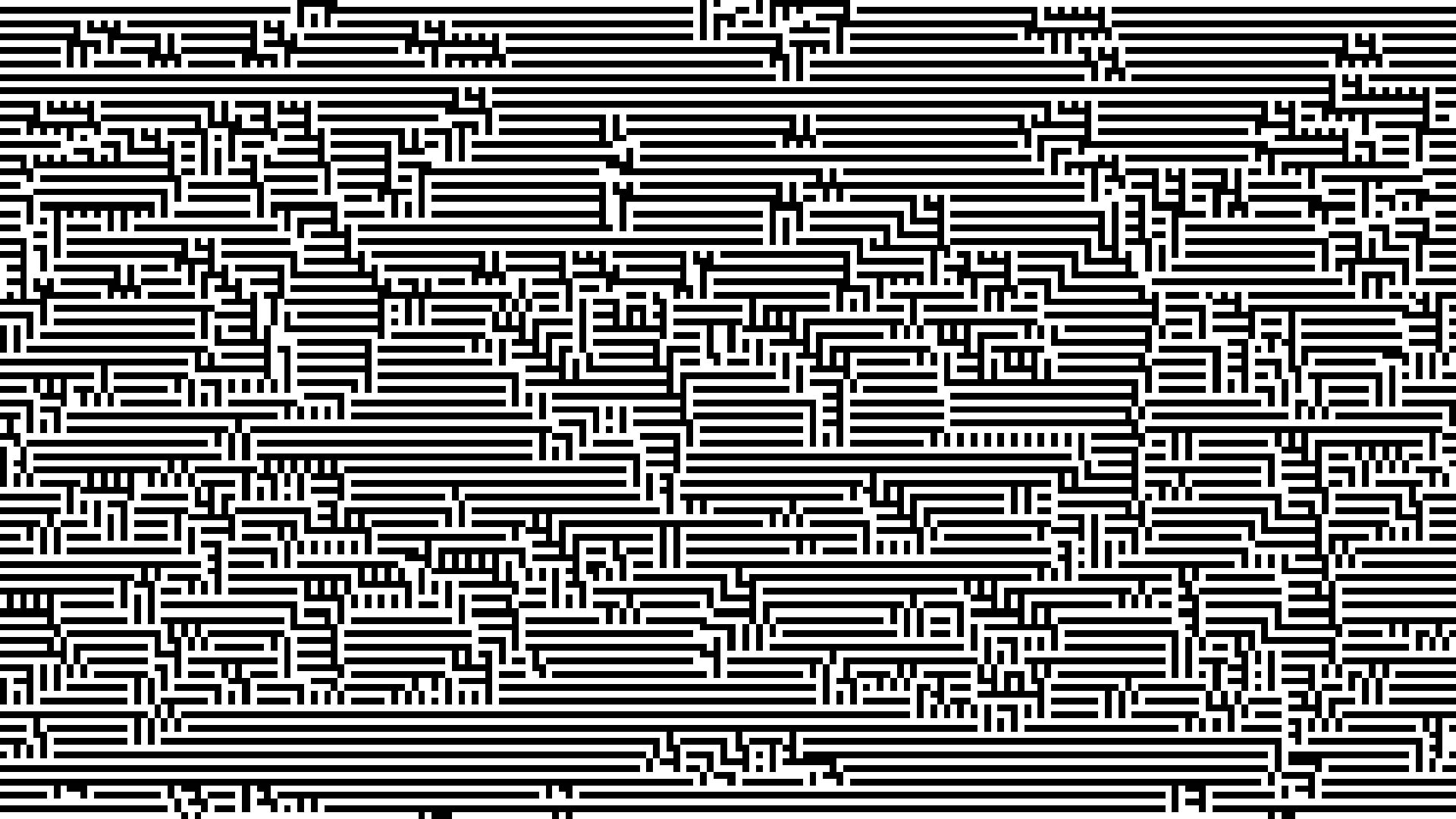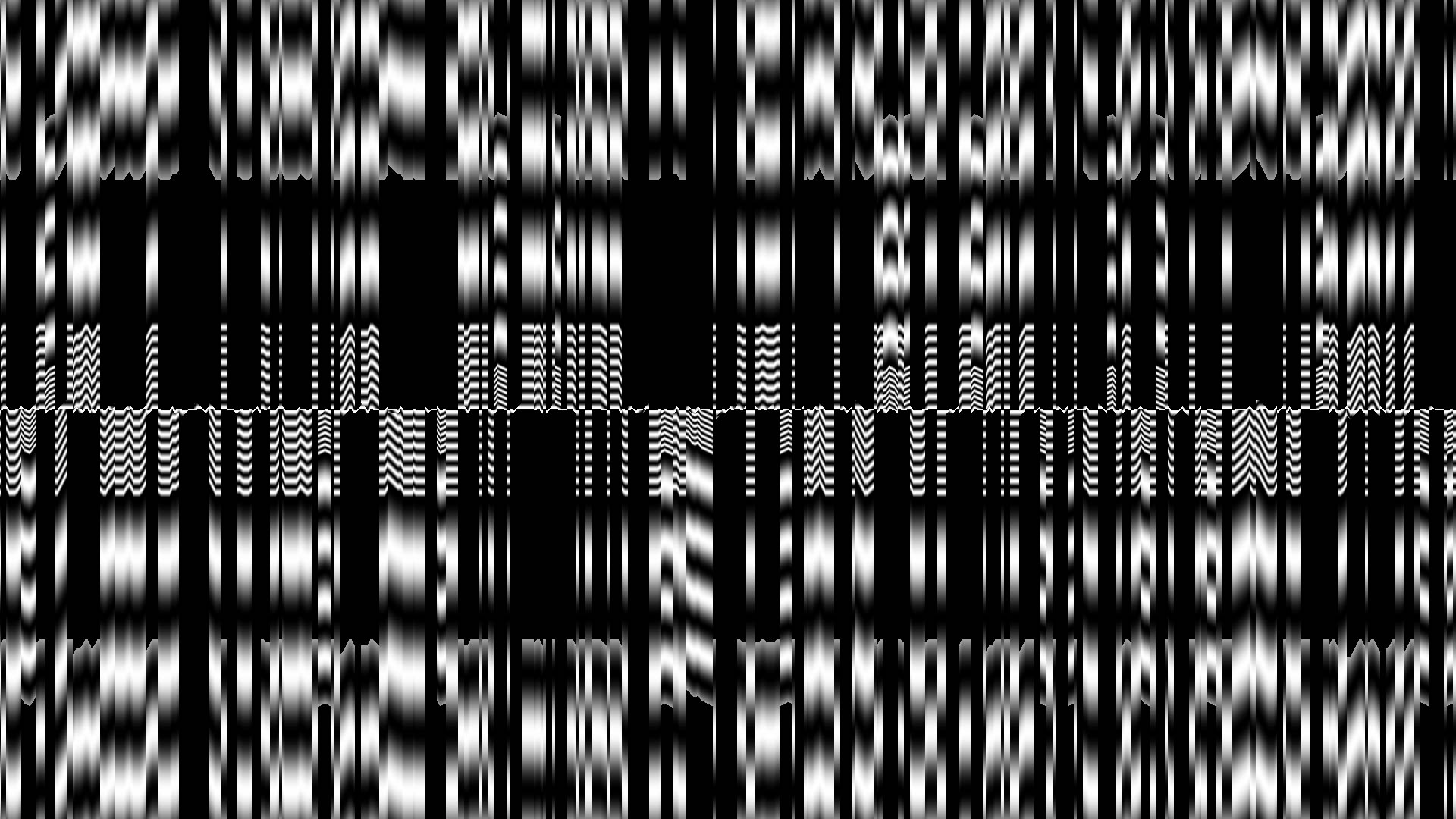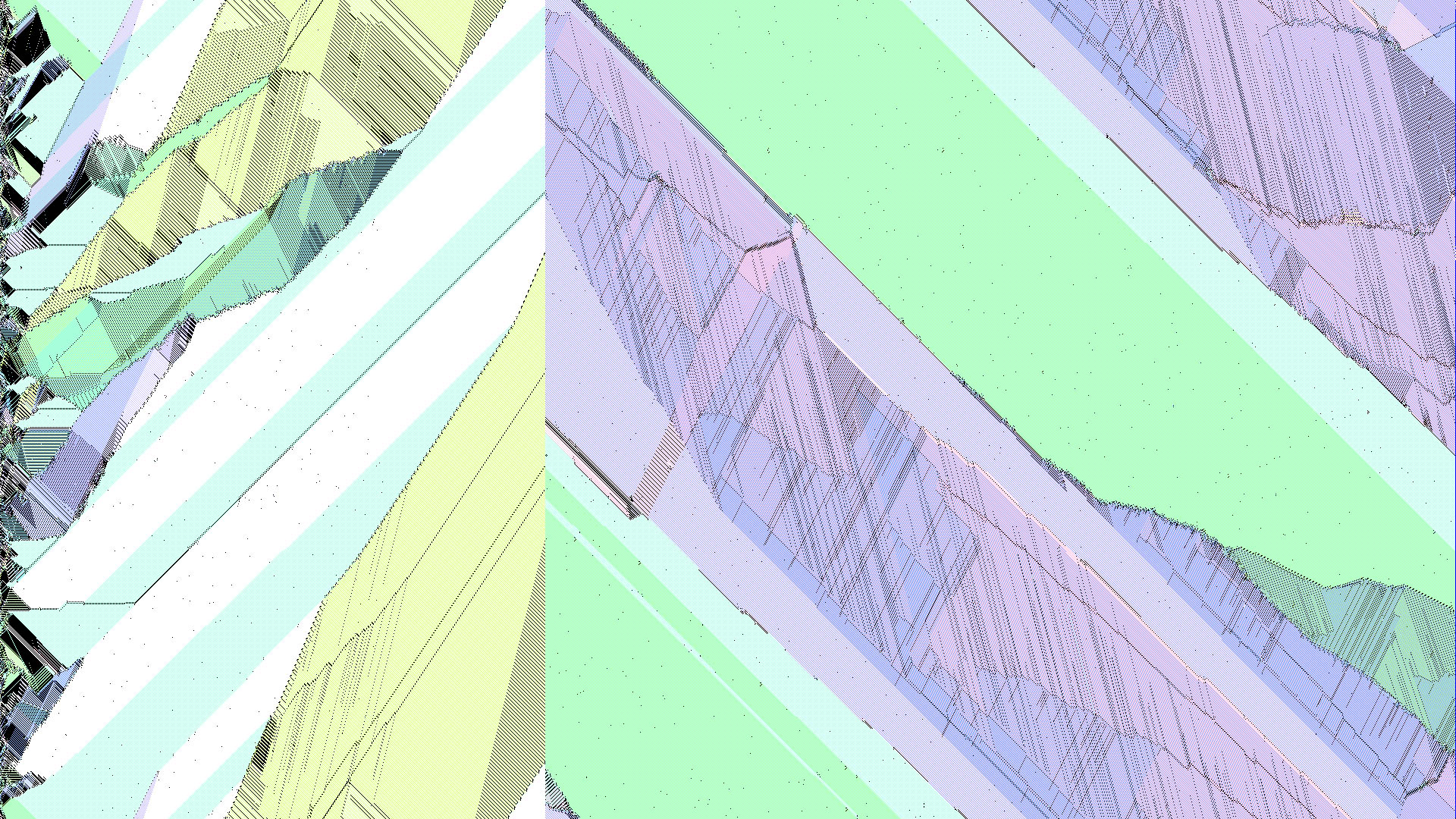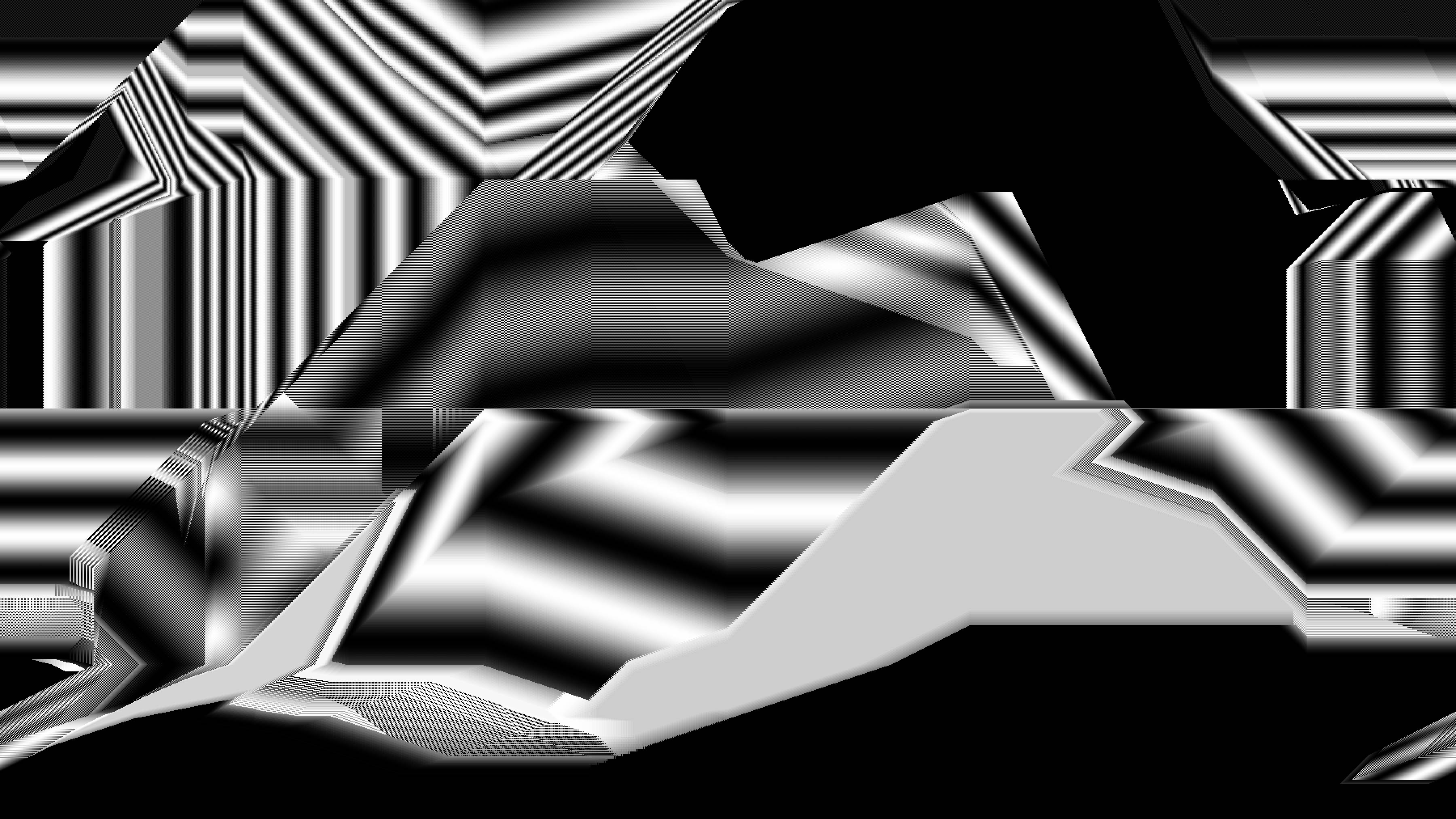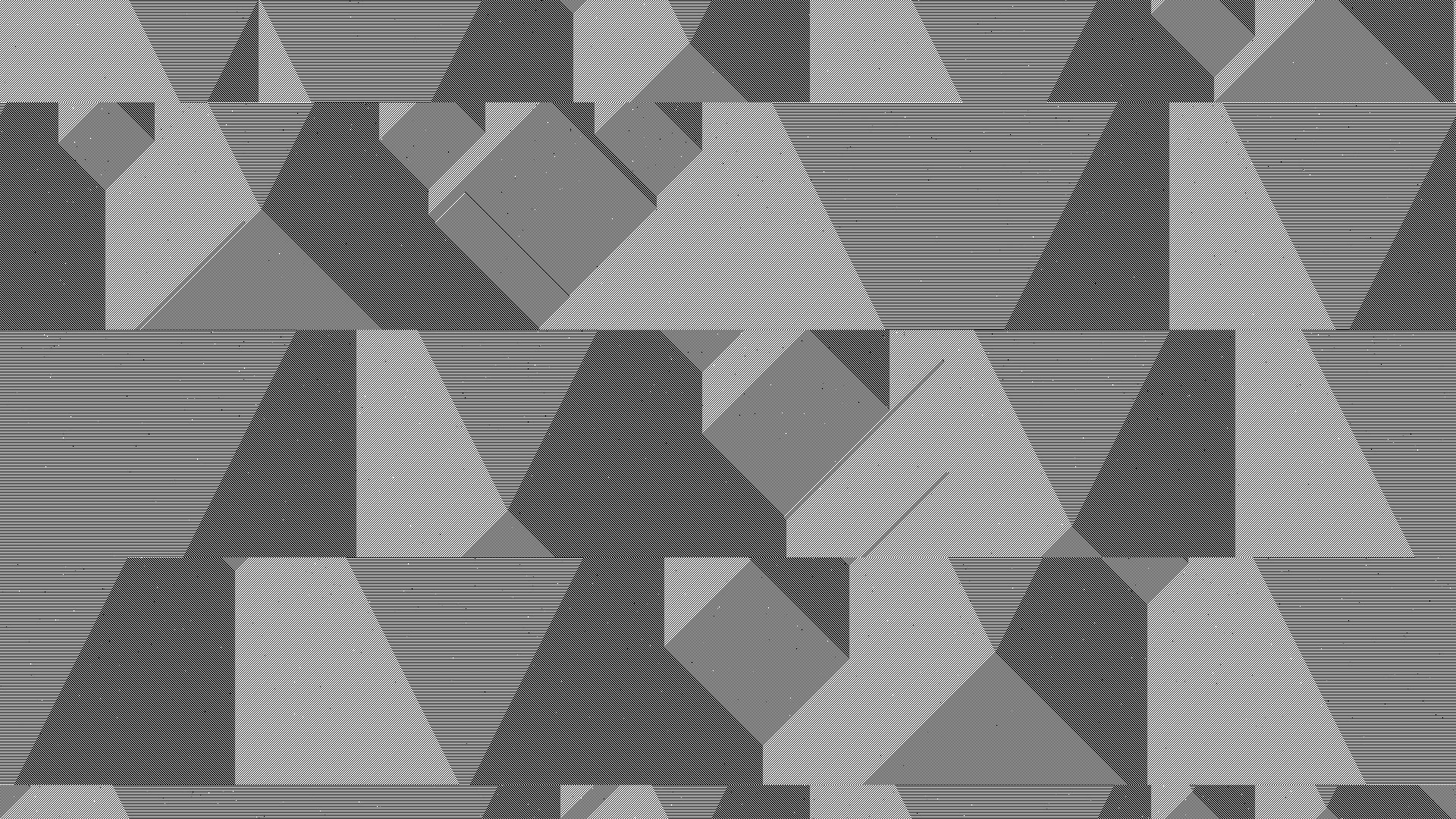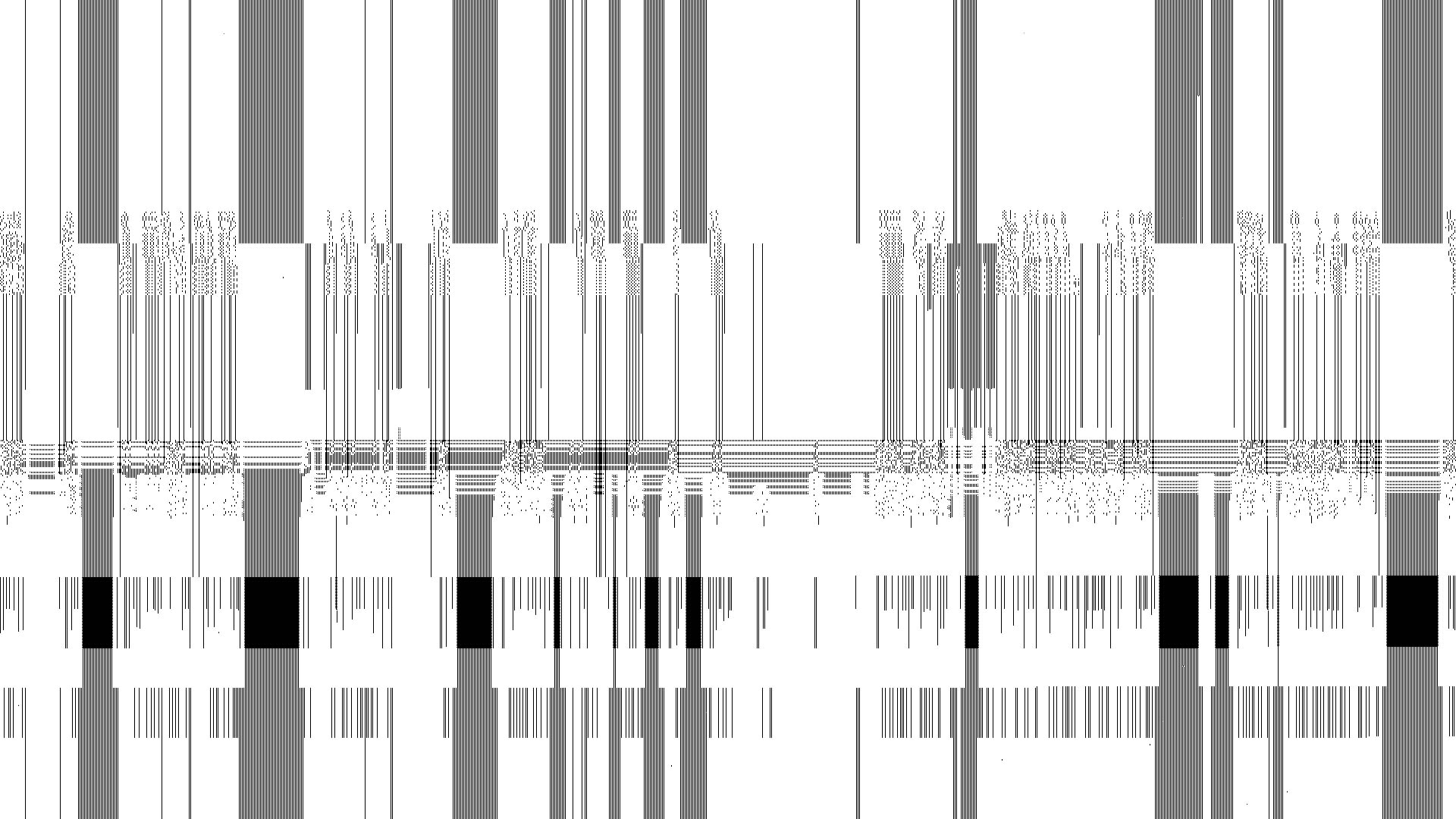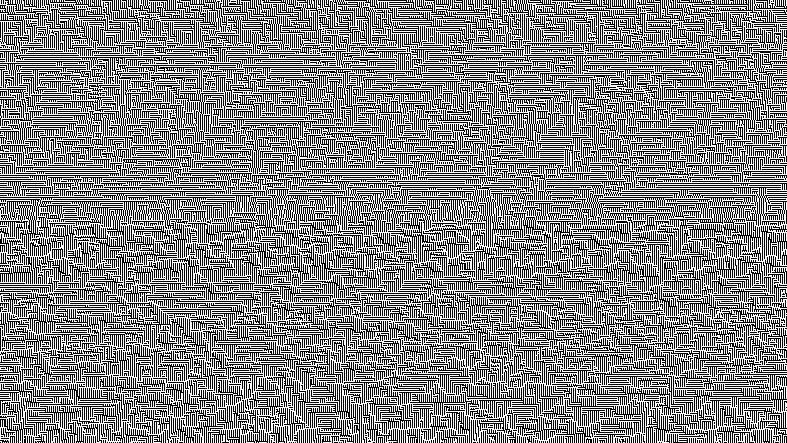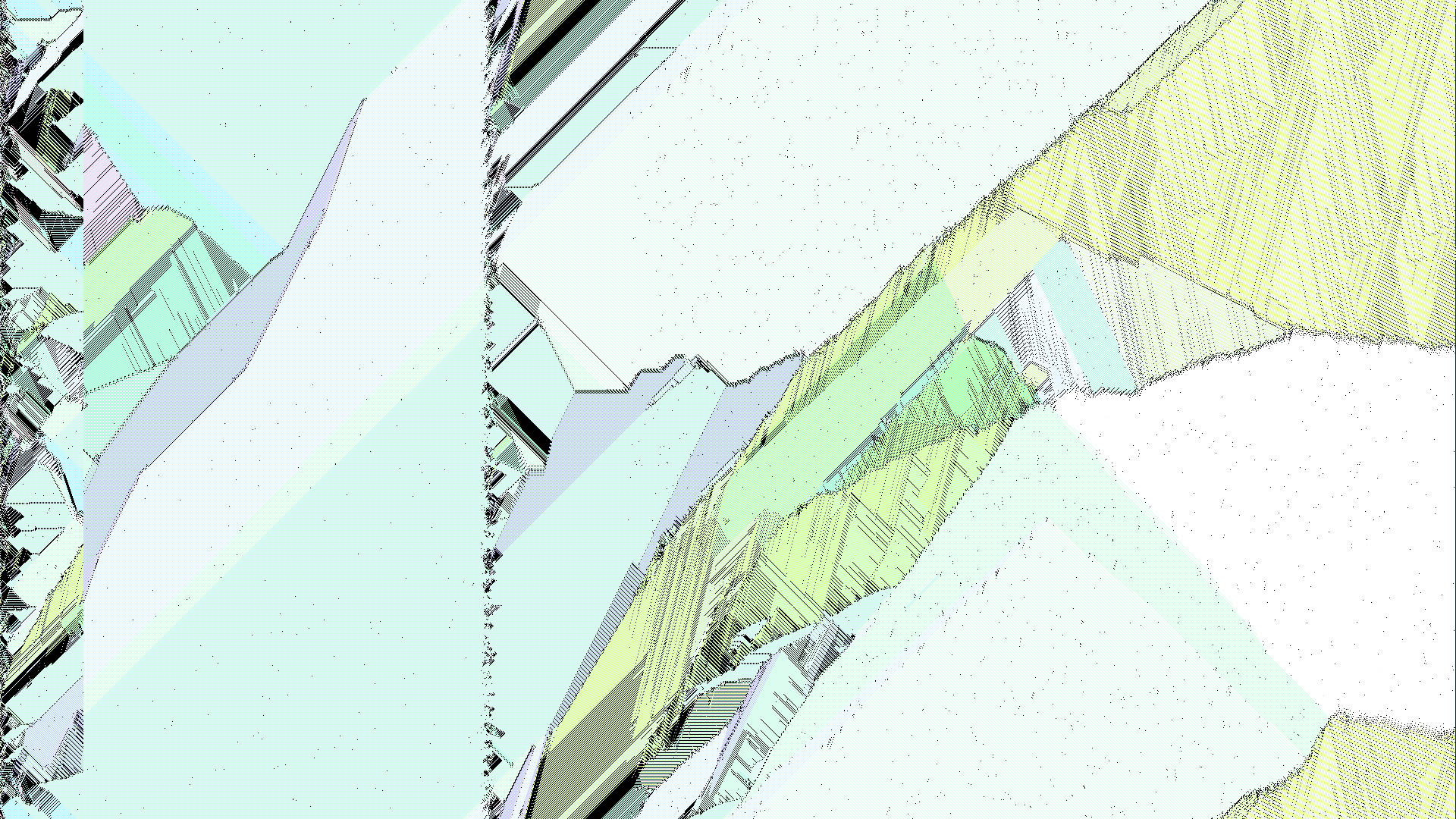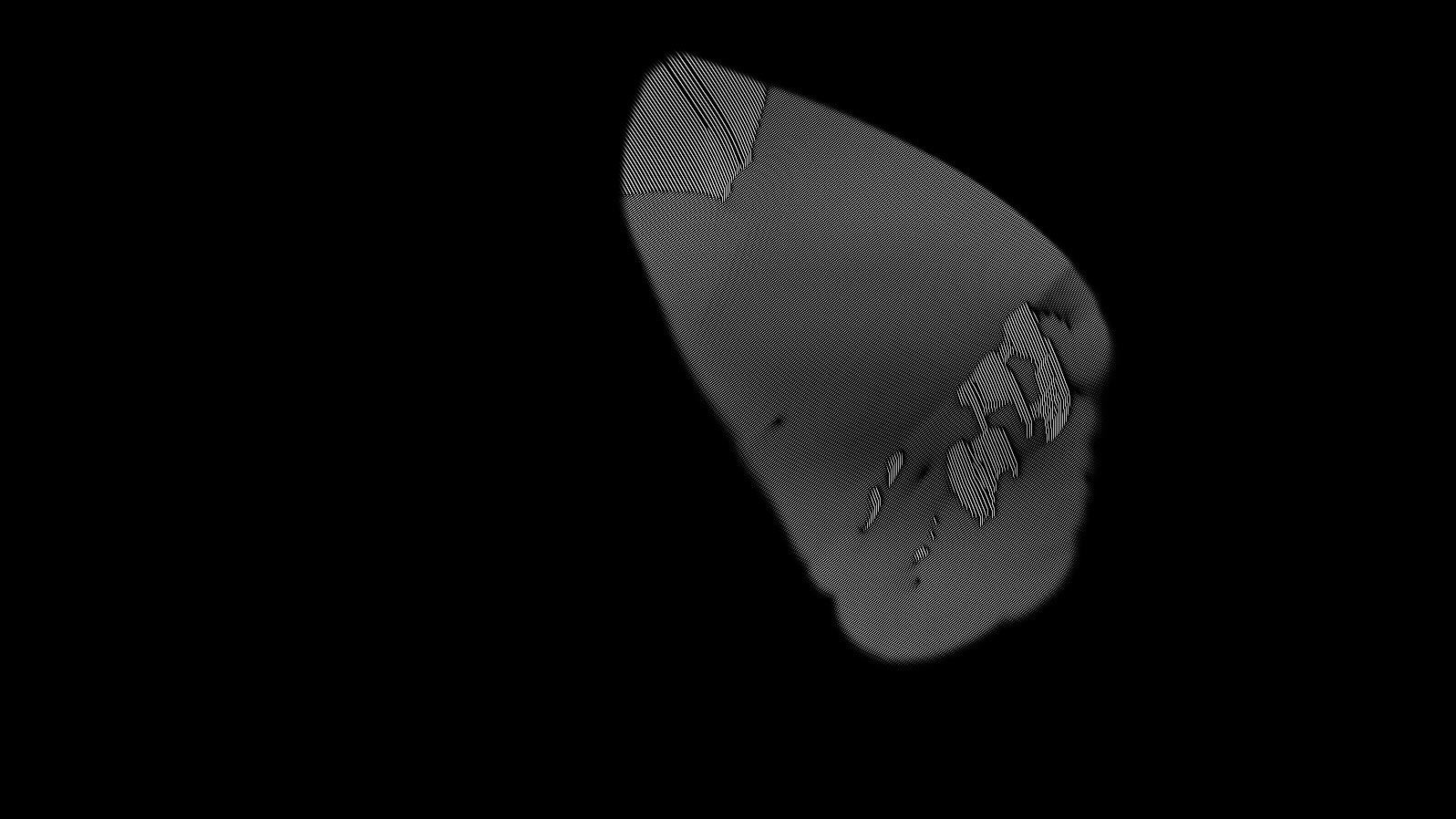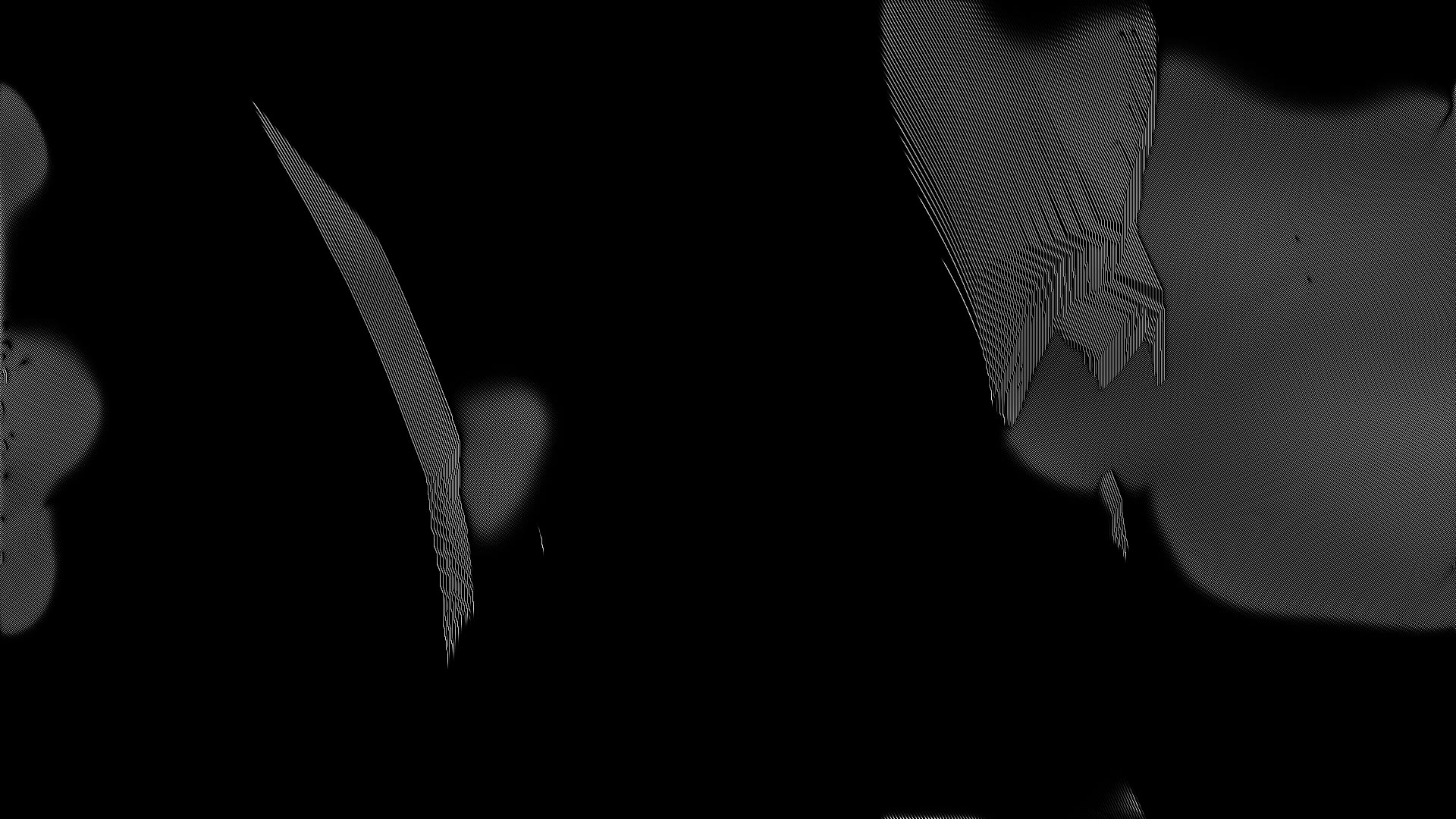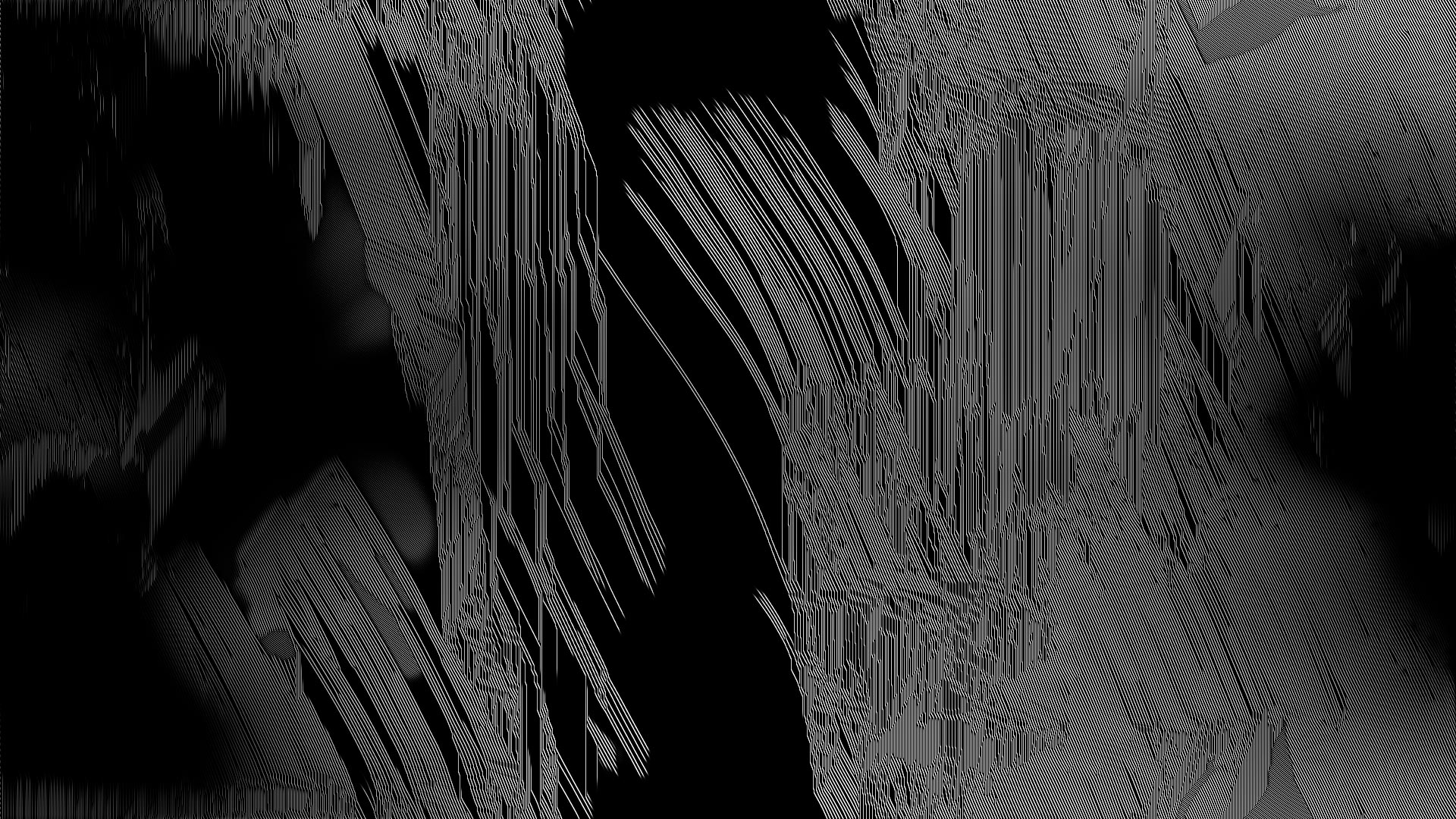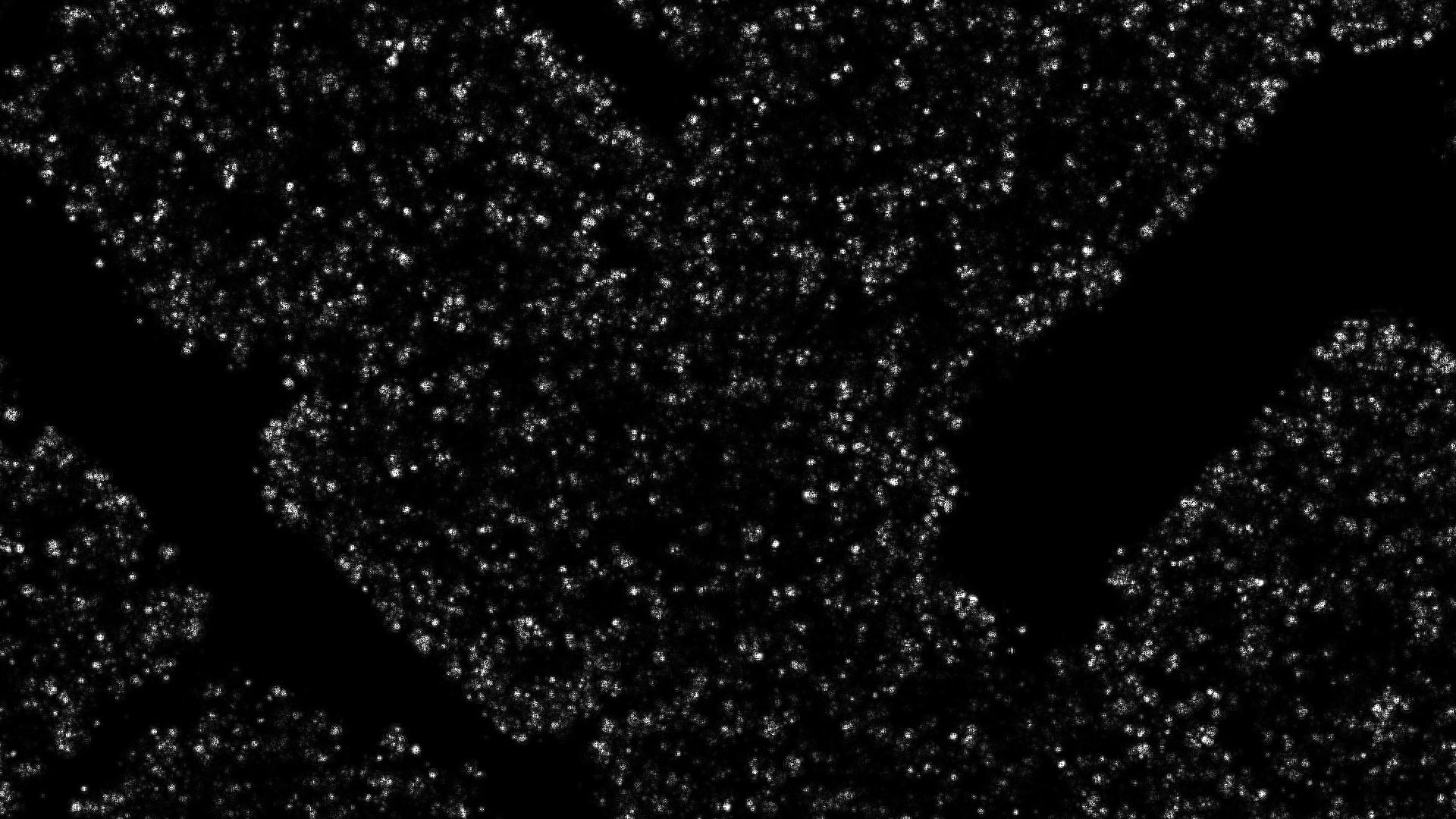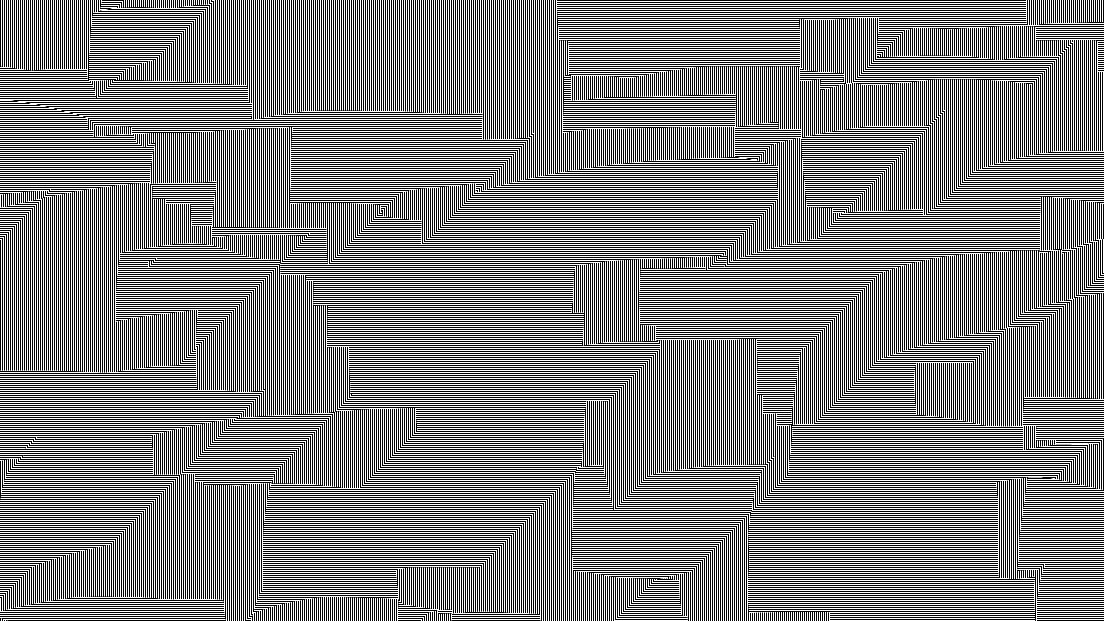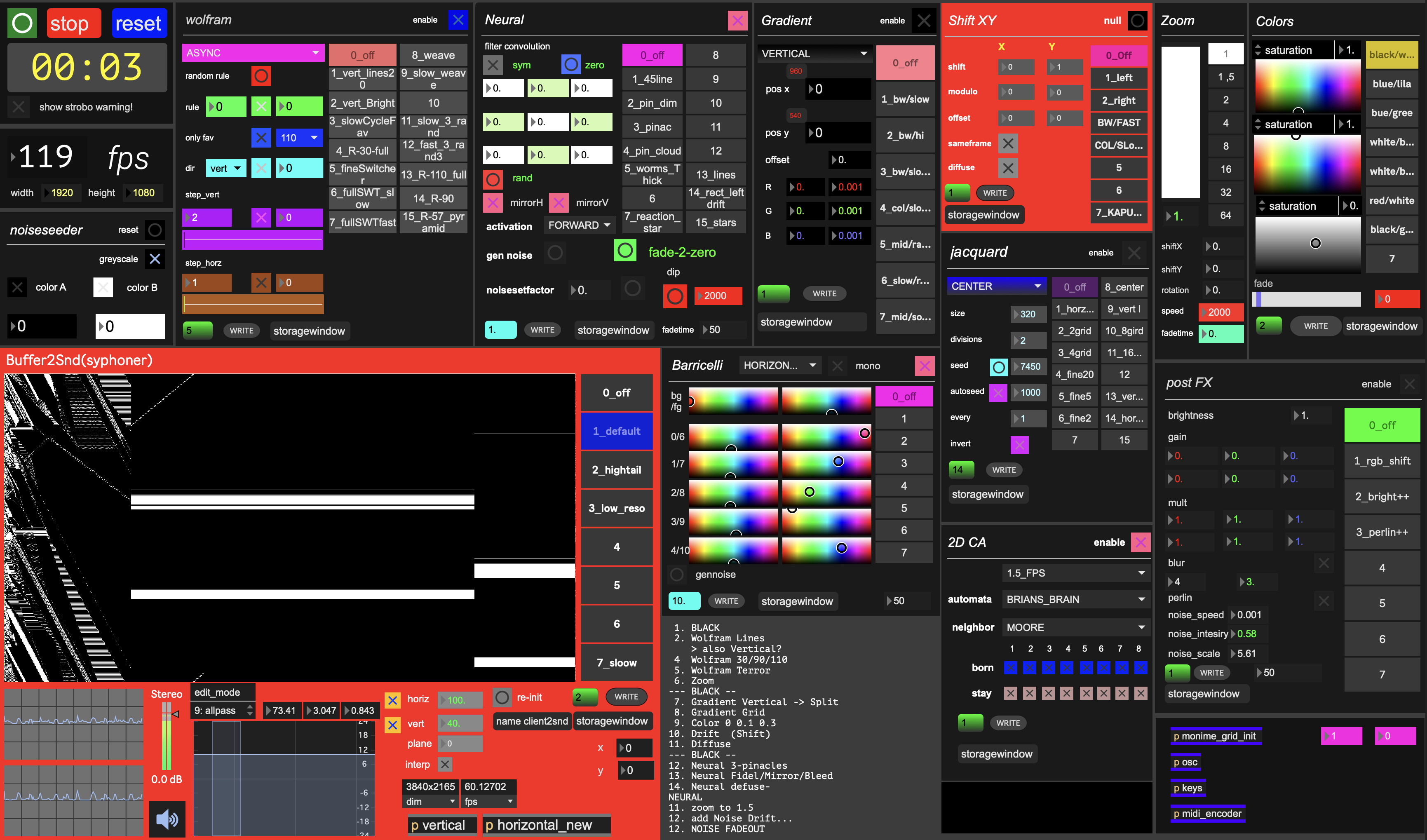Cellular Performances is the result of a long-term artistic exploration of the complex and emergent computational nature of cellular automata. The real-time visual and sonic performance is an immersive journey into the computations of elementary, advanced and neural cellular automata.
Cellular automata (CA) are essential tools in science for modeling complex systems across various disciplines. Originally conceptualized by Stanislaw Ulam at Los Alamos National Laboratory in the 1940s to study crystal growth and the propagation of particles, cellular automata are simple, lattice-based generative systems known for their emergent behavior, oscillating between repetitive/chaotic and organic/abstract. John von Neumann, another Los Alamos researcher working on the Manhattan Project, utilized cellular automata to investigate self-replicating systems. In the 1950s, Nils Aall Barricelli employed similar lattice-based models to pioneer studies in bionumeric evolution and early artificial life. Most famous are Conway’s Game of Life and Wolfram’s 1-dimensional cellular automata, which show similarities to the morphogenesis of living things such as seashells. In his book A New Kind of Science, Stephan Wolfram proposed a new form of empirical computer science that explores the emergent and complex nature of cellular automata. More recently, continuous neural cellular automata have been able to simulate the processes of organic growth and the generation of organic patterns, through to applications in computational biology to study e.g. the growth of cancer cells.
The audiovisual performance is interwoven with techniques of raw image manipulation such as shifting, inverting, folding and interlacing pixels, lines and blocks in homage to the first programmable (via punch cards) weaving machines of the Industrial Revolution, such as the Jacquard loom, while the sonic layer is rendered in real time by scanning and sonifying the raw pixel data of the generated image pattern.
This multifaceted reference–to the origins of digital computing, which enabled the atrocities of the Second World War, to computational biology, and to the mechanisation of labour as part of the Industrial Revolution - creates a dialogue between different significant moments in the deep time of technology. The performance functions as an in-depth exploration and revisitation of the algorithmic foundations of lattice-based emergent systems and artificial life.
Cellular Performance at WeSA Festival, Thila Ground, Seoul KR 2024 (Photos by
WeSA)
Full performance at WeSA Festival, Thila Ground, Seoul KR 2024 (Video by
WeSA)
